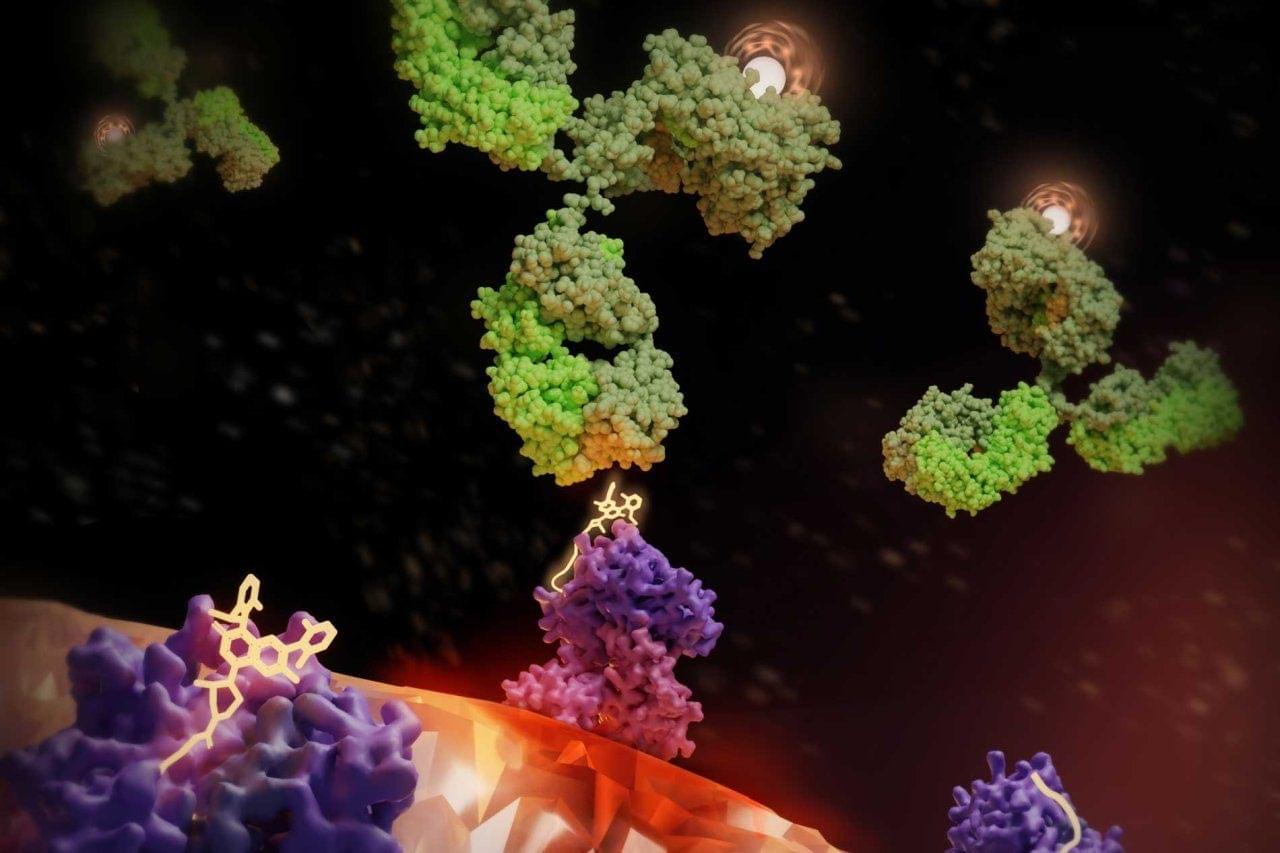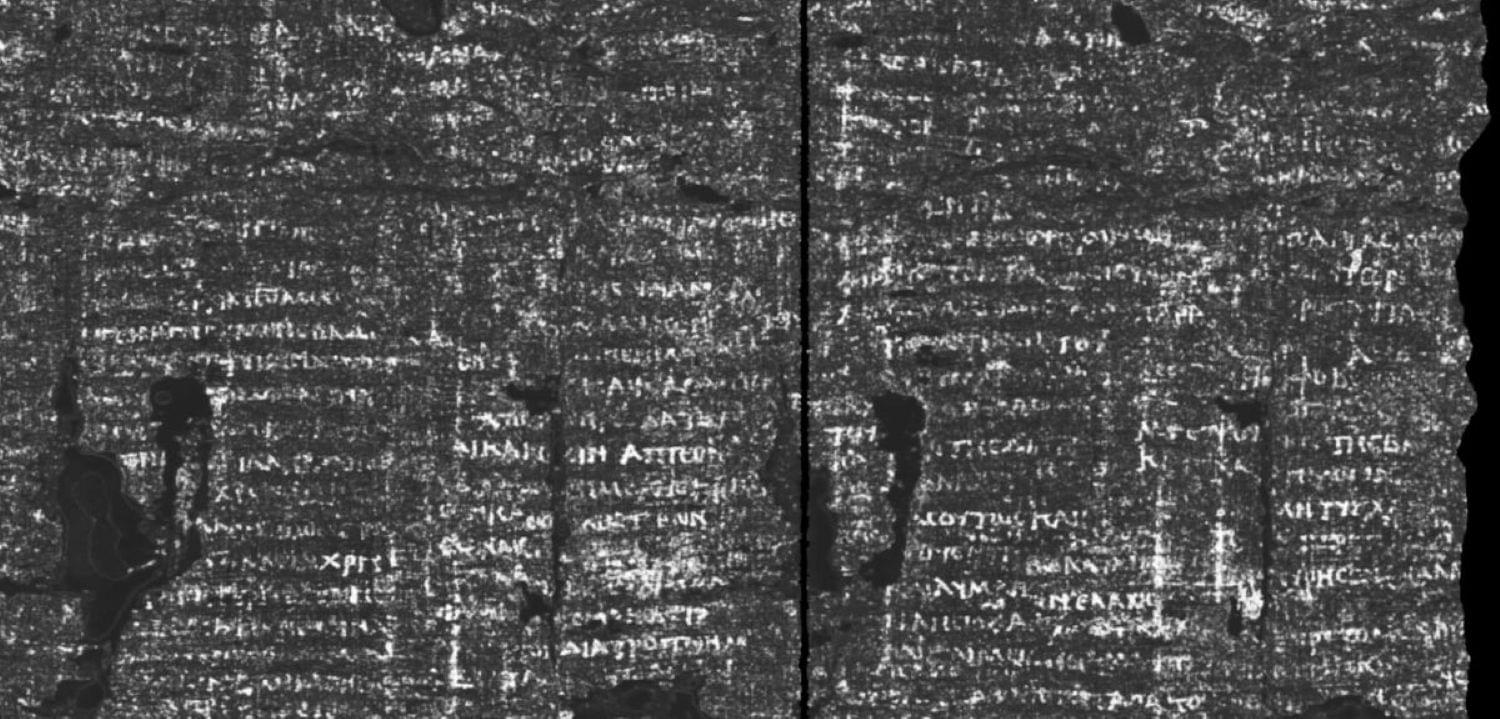The key breakthrough? Finding a gene small enough to fit inside a viral delivery system. Early results in lab models suggest this therapy could be a game-changer, but further research is needed before it reaches clinical trials.
The Urgent Need for Better Arrhythmia Treatments
Cardiac arrhythmias affect millions worldwide and contribute to one in five deaths in the Netherlands. Current treatment options range from lifelong medication to invasive surgeries. However, new research from Amsterdam UMC and Johns Hopkins University, published today (February 20) in the European Heart Journal, marks a significant step toward a potential one-time gene therapy that could enhance heart function and prevent arrhythmias.






